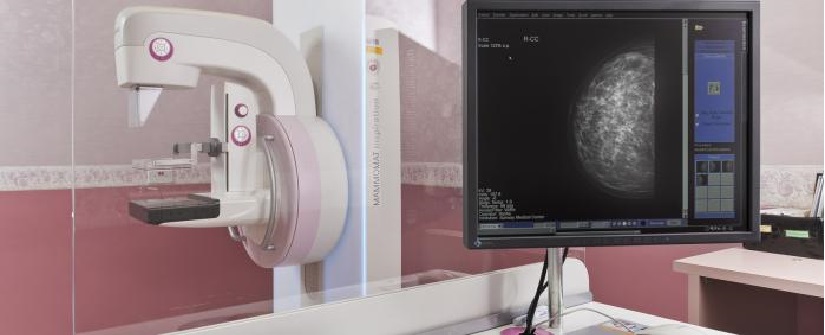
Mammography is a specific type of imaging that uses a low-dose x-ray system to examine breasts. Both digital and conventional mammography use x-rays to produce an image of the breast.
However, in digital mammography, the image is stored as a computer file (instead of a piece of film) making it easier for the image to be enhanced, magnified and retrieved for further evaluation.
A mammogram is used to detect and diagnose breast disease in women experiencing symptoms such as a lump, pain or nipple discharge. Even when a woman experiences no symptoms, a mammogram is an important screening tool used to detect early breast cancer. Women above the age of 40 are encouraged to get a mammogram every year as this test can discover a lump up to two years before it can be felt.
How to prepare for a digital mammography
The procedure for having a digital mammogram is the same as with conventional mammography.
When scheduling a mammogram with your doctor, be sure to discuss any new findings or problems in your breasts and inform your doctor of your family or personal history of breast cancer.
The best time for a mammogram is one week following your period. Be sure to inform your doctor or the radiographer if you think you could be pregnant.
Before the mammogram, let the technologist performing the exam know of any breast symptoms you may have. If you have had previous mammograms done, it would be helpful to make them available to the radiologist at the time of the current exam.






